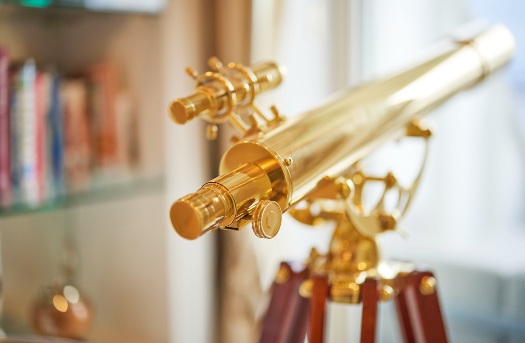Melanesia Expedition: Honaira, Guadalcanal, Solomon Islands

The Central Market in Honiara, Guadalcanal, Solomon Islands, is where the fruits and vegetables sold by around 1,000 vendors (mostly women) are grown locally (mostly organically) and the fish is brought in to the market’s pier by the fishing boats
“The capital of the Solomon Islands, Honiara, is a picturesque seaport with a population of 54,600, is located on the northern coast of Guadalcanal. Guadalcanal is the largest island in the Solomon Islands, the third largest archipelago in the South Pacific, with 992 islands and a total area of 28,450 square kilometers. The island of Guadalcanal is mountainous and covered in tropical rain forests and its coasts are lined with palms and white sandy beaches… Guadalcanal is well-known for its pivotal role in World War II, with the Battle of Guadalcanal turning the tide in favor of the Allies in the Pacific theater. Guadalcanal today is still filled with many World War II relics and monuments.” – www.gualalcanal.com
 We bought some of these delicious striped purple Asian eggplants at the Central Market
We bought some of these delicious striped purple Asian eggplants at the Central Market
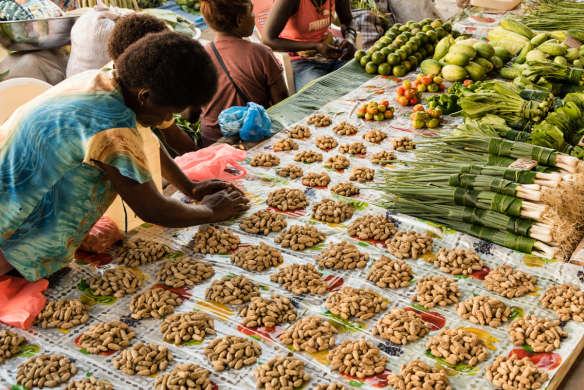 This group of vendors had quite a variety of produce – small piles of peanuts for snacking while shopping, and produce to take home, including green onions, limes, bok choy, and tomatoes
This group of vendors had quite a variety of produce – small piles of peanuts for snacking while shopping, and produce to take home, including green onions, limes, bok choy, and tomatoes
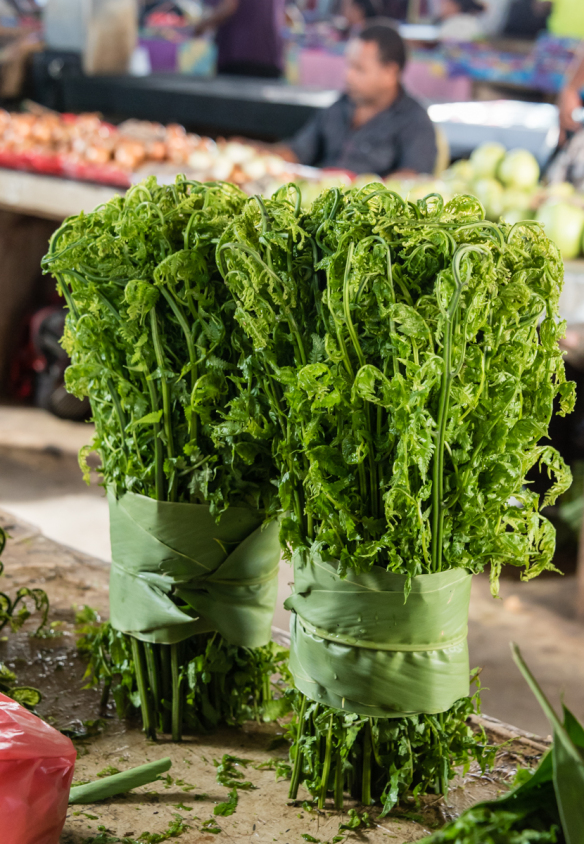 Beautiful small ferns
Beautiful small ferns
Our tour of Honiara began in the Central Market where the fruits and vegetables being sold are grown locally (mostly organically) and the fish is brought in to the market’s pier by the fishing boats, so purchases are very fresh. Owned by the Honiara City Council, the Central Market is the largest such market in the Solomon Islands and is the dominant market in the country. It is open daily and is very busy. Wikipedia notes that “in 2014, there were around a thousand market vendors, of which 80% were estimated to be women.”
 We bought some “slippery cabbage” with red stems at the Central Market on the advice of a Melanesian member of our expedition team. In our kitchen on the ship we boiled the leaves (having thrown away the stems) and then sauteed the leaves in a little olive oil and crushed garlic, like we cook spinach – that removed the bitterness and it was a very nice dinner vegetable
We bought some “slippery cabbage” with red stems at the Central Market on the advice of a Melanesian member of our expedition team. In our kitchen on the ship we boiled the leaves (having thrown away the stems) and then sauteed the leaves in a little olive oil and crushed garlic, like we cook spinach – that removed the bitterness and it was a very nice dinner vegetable
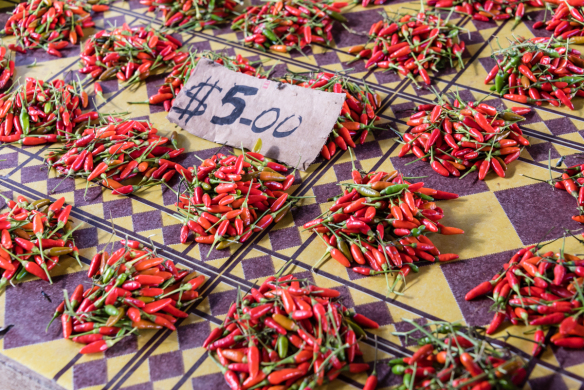 A pile of peppers cost just US $0.70 (at the exchange rate of seven Solomon Island dollars to one US dollar); most produce and fruit were sold in multiples of Solomon Island $5
A pile of peppers cost just US $0.70 (at the exchange rate of seven Solomon Island dollars to one US dollar); most produce and fruit were sold in multiples of Solomon Island $5
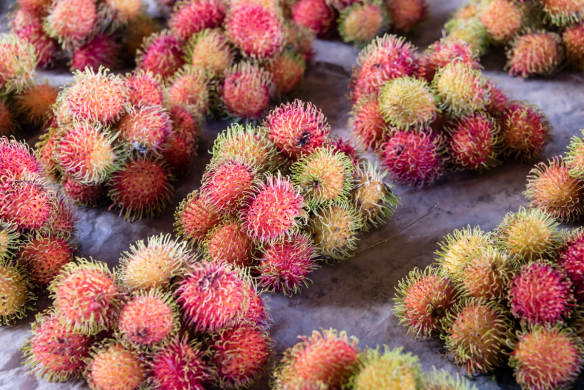 Rambutans are a fruit native to many of the Pacific Islands and Southeast Asia; when the hairy red shell is cut open and removed, the inside white fruit (with a nut inside) tastes like a sour lychee nut; the ones we bought were definitely on the sour side
Rambutans are a fruit native to many of the Pacific Islands and Southeast Asia; when the hairy red shell is cut open and removed, the inside white fruit (with a nut inside) tastes like a sour lychee nut; the ones we bought were definitely on the sour side
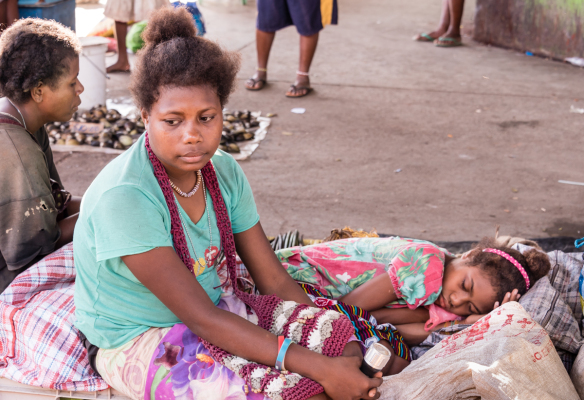 In the fish and seafood section of the Central Market, a vendor’s daughter laid down for a rest
In the fish and seafood section of the Central Market, a vendor’s daughter laid down for a rest
 Freshly caught small big-eye tuna
Freshly caught small big-eye tuna
 Canned and dry goods were available for purchase at this small “convenience store” in the fish and seafood section of the Central Market
Canned and dry goods were available for purchase at this small “convenience store” in the fish and seafood section of the Central Market
 A local delicacy, mud crabs were wrapped in leaves for easy transport
A local delicacy, mud crabs were wrapped in leaves for easy transport
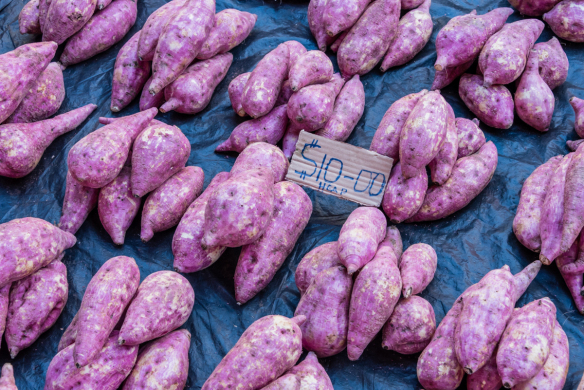 Our last purchase at the Central Market, a bunch of local purple yam potatoes
Our last purchase at the Central Market, a bunch of local purple yam potatoes
Ready to learn more?
Determine whether life aboard The World is the right fit for you. Talk to one of our Residential Advisors today to learn more about this unique lifestyle, details of upcoming Journeys and Expeditions, and ownership opportunities.
